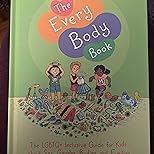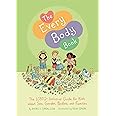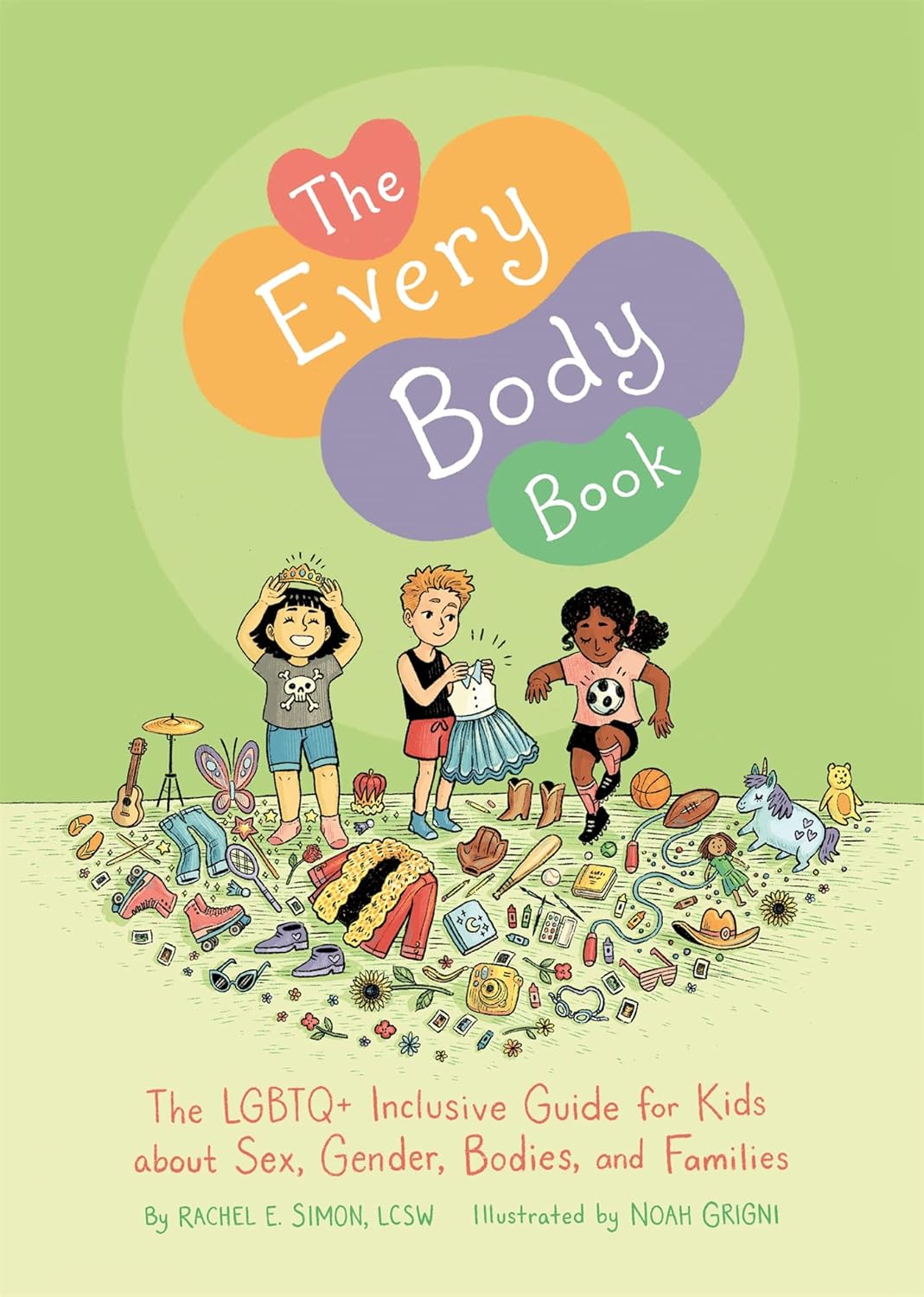In recent years, the conversation surrounding body image has evolved, breaking free from traditional ideals and embracing a more inclusive perspective. One significant contribution to this dialogue is the rise of “body positive” literature, notably exemplified by the book “Every Body” by various authors who share their unique experiences and stories. This article explores how “Every Body” challenges societal norms around body image, amplifying diverse voices and promoting acceptance in an often judgmental world. We will delve into the societal constructs of body image, the impact of media and culture, and how literature can serve as a powerful medium for change.
The Societal Constructs of Body Image

Body image refers to how individuals perceive their bodies and how they believe others perceive them. This perception is often shaped by societal standards and cultural ideals, which can vary significantly across different societies and time periods. The following factors contribute to the construction of body image:
- Media Representation: Television, films, and advertisements often present narrow definitions of beauty, favoring thinness, youth, and specific racial characteristics.
- Cultural Influences: Different cultures have distinct beauty ideals, influencing how body image is perceived and valued.
- Social Media: Platforms like Instagram and TikTok can perpetuate unrealistic beauty standards while also providing spaces for body positivity.
- Peer Pressure: Friends and family can significantly influence body image perceptions, often leading to comparisons and unhealthy self-esteem.
The book “Every Body” counters these societal norms by presenting a multitude of narratives that reflect the diversity of human bodies and experiences, challenging the monolithic beauty ideals often propagated in mainstream culture.
The Impact of Media and Culture on Body Image

Media plays a crucial role in shaping societal norms around body image. The prevalence of edited images and curated lifestyles creates a distorted reality that can have harmful effects on self-esteem and body perception. Research supports the notion that exposure to idealized images can lead to:
- Body Dissatisfaction: Studies show that individuals, particularly women, experience negative feelings about their bodies after viewing idealized images.
- Eating Disorders: A strong correlation exists between media exposure and the development of eating disorders, particularly among adolescents.
- Low Self-Esteem: Constant comparison to idealized images can lead to feelings of inadequacy and low self-worth.
“Every Body” serves as a counter-narrative, illustrating the harmful impact of these media portrayals while also providing a platform for voices that have been marginalized. By presenting stories from diverse individuals, the book aims to redefine beauty standards and promote a more realistic and inclusive understanding of body image.
Challenging the Status Quo Through Diverse Narratives

One of the most powerful aspects of “Every Body” is its commitment to inclusivity. The book features narratives from individuals of various shapes, sizes, races, and backgrounds, allowing readers to see themselves represented in ways that mainstream media often neglects. Some key themes explored in the book include:
- Celebration of Diversity: Each story highlights the beauty of different body types, encouraging readers to appreciate their unique attributes.
- Empowerment through Acceptance: Contributors share their journeys towards self-acceptance, illustrating that confidence comes in many forms and is not determined by societal standards.
- Intersectionality: The book addresses how factors such as race, gender, disability, and sexual orientation intersect to influence body image experiences.
By featuring a broad spectrum of voices, “Every Body” not only challenges the status quo but also fosters a sense of community among readers. The shared experiences of struggle and triumph allow individuals to connect with one another, promoting solidarity and understanding.
Case Studies: Real Stories, Real Impact

Several contributors to “Every Body” have shared their personal narratives, which serve as powerful case studies in challenging societal norms. Here are a few compelling examples:
- Ashley Graham: As a plus-size model and body positivity advocate, Graham’s story emphasizes the importance of representation in media. She discusses her journey from feeling inadequate to embracing her body, encouraging others to do the same.
- Jameela Jamil: The actress and activist shares her experiences with body image struggles and the harmful effects of diet culture. Jamil’s candidness about her mental health journey resonates with many, shedding light on the importance of mental well-being in the context of body image.
- Winnie Harlow: Living with vitiligo, Harlow challenges traditional beauty standards by embracing her unique skin condition. Her story serves as an inspiration for those who feel marginalized due to their appearance.
These real-life stories not only provide representation but also serve as a source of inspiration for readers facing similar struggles. They demonstrate that embracing one’s uniqueness is a powerful act of defiance against societal norms.
The Role of Literature in Promoting Body Positivity

Literature, particularly works like “Every Body,” plays a vital role in the body positivity movement. Here are several ways literature contributes to this cause:
- Creating Awareness: Books like “Every Body” raise awareness about body image issues, encouraging readers to reflect on their beliefs and attitudes.
- Fostering Empathy: By sharing diverse narratives, literature fosters empathy and understanding, helping readers connect with experiences outside their own.
- Encouraging Dialogue: These works spark conversations around body image, mental health, and societal norms, promoting a culture of openness and acceptance.
Through storytelling, literature has the power to challenge preconceived notions and offer new perspectives, making it an essential tool in the fight against body shaming and unrealistic beauty standards.
Conclusion: The Path Forward

As society continues to navigate the complexities of body image, books like “Every Body” stand as powerful reminders of the importance of representation and inclusivity. By challenging societal norms and celebrating diversity, this body positive literature not only empowers individuals but also fosters a more accepting culture. The key takeaways from this exploration include:
- Body image is a complex construct influenced by various societal factors.
- Media representation plays a significant role in shaping perceptions of beauty, often leading to negative self-esteem and body dissatisfaction.
- Diverse narratives in literature, such as those found in “Every Body,” challenge traditional beauty standards and promote acceptance.
- Real-life stories of empowerment and resilience inspire others to embrace their uniqueness and foster empathy among readers.
Ultimately, the journey toward body positivity is ongoing, and literature will continue to play a crucial role in challenging societal norms and encouraging individuals to embrace their bodies. “Every Body” is not just a book; it is a movement towards acceptance, understanding, and celebration of every body, in all its forms.